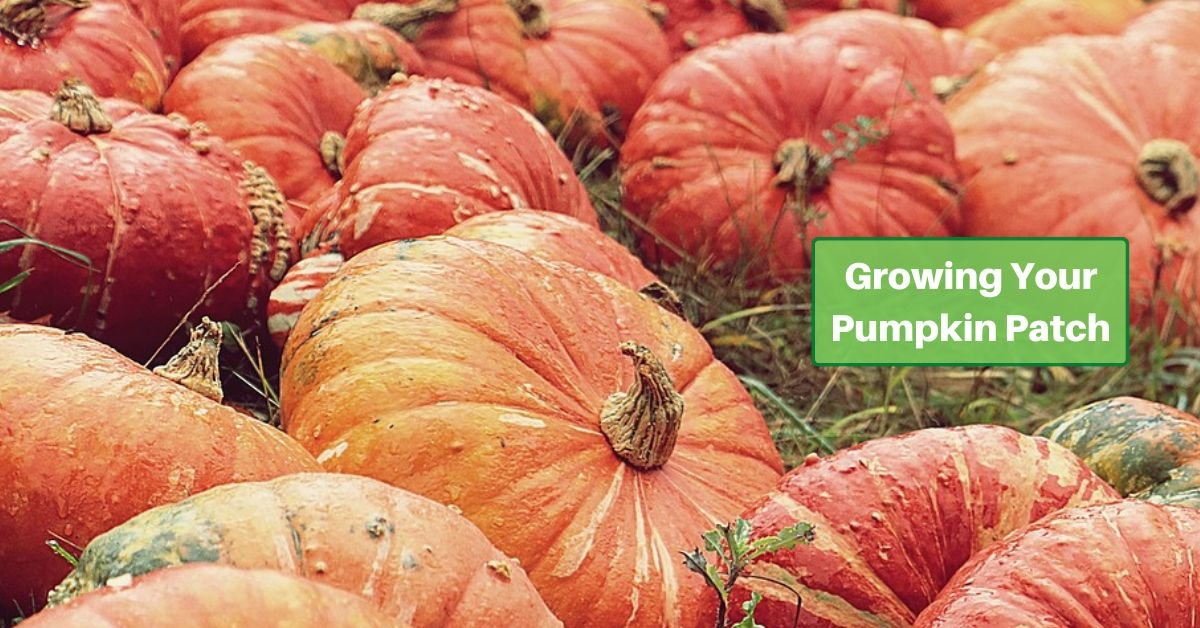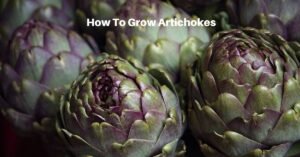Pumpkins, known for their vibrant orange color and association with fall festivities, are a versatile and rewarding addition to your garden. They taste great as well as serving as a wonderful decoration.
In this guide, we’ll take you through the entire process of growing pumpkins, from planting the seeds to harvesting these iconic fruits.
Understanding Pumpkins
Pumpkins, scientifically known as Cucurbita pepo, are part of the gourd family (Cucurbitaceae). The name “pumpkin” is believed to have originated from the Greek word “pepon,” meaning “large melon.”
Pumpkins have been cultivated for thousands of years and are renowned for their use in various culinary dishes, decorative carvings, and holiday traditions.
Selecting the Right Pumpkin Variety
Before you embark on growing pumpkins, it’s essential to choose the right variety for your garden. Popular choices include ‘Jack O’Lantern’ for carving, ‘Sugar Pie’ for baking, and ‘Cinderella’ for its unique appearance. So before planting, you’ll have to decide on the size, flavor, and use you’re looking for.
Preparing the Soil
Pumpkins thrive in well-drained, nutrient-rich soil. Begin by ensuring your garden soil is free from rocks and debris.
A pH level between 6.0 and 6.8 is ideal for pumpkins. You can test your soil’s pH with a kit from your local garden store and adjust it using lime or sulfur if needed.
Enhance your soil’s fertility by incorporating organic matter like compost or well-rotted manure.
Planting Pumpkin Seeds
Pumpkins can be grown from seeds, and they’re relatively easy to cultivate. Sow pumpkin seeds directly into your garden once the soil has warmed to at least 70°F (21°C).
Plant the seeds in hills or mounds, spacing them 2-3 feet apart. Place 4-6 seeds per hill and thin them to the two strongest seedlings once they have sprouted and grown their first true leaves.
You can also start pumpkin seeds indoors 3-4 weeks before transplanting them into the garden.
Order Pumpkin Seeds Online
Sunlight and Location
Pumpkins thrive in full sun, requiring at least 6-8 hours of direct sunlight each day. Choose a garden spot that receives ample sunlight for healthy vine growth and fruit development.
Watering and Fertilizing
Proper watering and fertilization are key to growing robust pumpkin plants:
Watering Pumpkin Vines
Keep the soil consistently moist, but avoid overwatering, which can lead to root rot. Mulch around the plants to help retain moisture and suppress weeds. When watering, aim at the base of the plant to prevent wetting the leaves, which can contribute to disease. Soaker hoses are also a good option.
Fertilizing Pumpkin Vines
Pumpkins are heavy feeders and benefit from regular fertilization. Before planting, work a balanced, slow-release fertilizer into the soil.
As the vines grow and develop fruit, you can side-dress them with additional fertilizer. Follow the instructions on the fertilizer to avoid overfeeding.
Care and Maintenance
Maintaining healthy pumpkin plants requires some attention and care:
Support
Pumpkin vines can become quite long and heavy with fruit. Providing support, such as trellises or slings, can help protect the developing pumpkins from damage and prevent them from resting on the ground.
Pruning
Prune your pumpkin vines to encourage healthy growth and better air circulation. Remove any dead or yellowing leaves, as well as any tendrils that aren’t producing fruit. This will reduce the risk of disease and promote fruit development.
Pest and Disease Management
Common pests for pumpkins include cucumber beetles, aphids, and powdery mildew. Regularly inspect your plants and address any pest or disease issues promptly. Organic pest control methods are one option. You could also introduce certain insects that are safe for your plants but attack pests.
Harvesting Pumpkins
Pumpkins are typically ready for harvest 75-120 days after planting, depending on the variety and growing conditions. To determine if your pumpkins are ready, consider these indicators:
Color
Ripe pumpkins should have a consistent, deep color. The skin should be hard and resist puncturing with your fingernail.
Sound
When you knock on a ripe pumpkin, it should produce a hollow, resonant sound.
Stem
A mature pumpkin’s stem should be hard and dry. Gently twist or cut the pumpkin from the vine, leaving about 2-4 inches of stem attached.
Post-Harvest Care
After harvesting your pumpkins, store them in a cool, dry place with good ventilation. Properly stored, pumpkins can last for several months. Avoid stacking them or placing them directly on the ground to prevent moisture accumulation. You can save them for holiday or seasonal decorations or to make pumpkin pies are so many other wonderful pumpkin dishes.
Growing pumpkins in your garden can be a rewarding experience, providing you with versatile and flavorful fruits for both culinary and decorative purposes. So roll up your sleeves, start planting, nurture your pumpkin vines, and get ready to savor the flavors and festivities associated with these iconic fall treasures from your very own garden.










